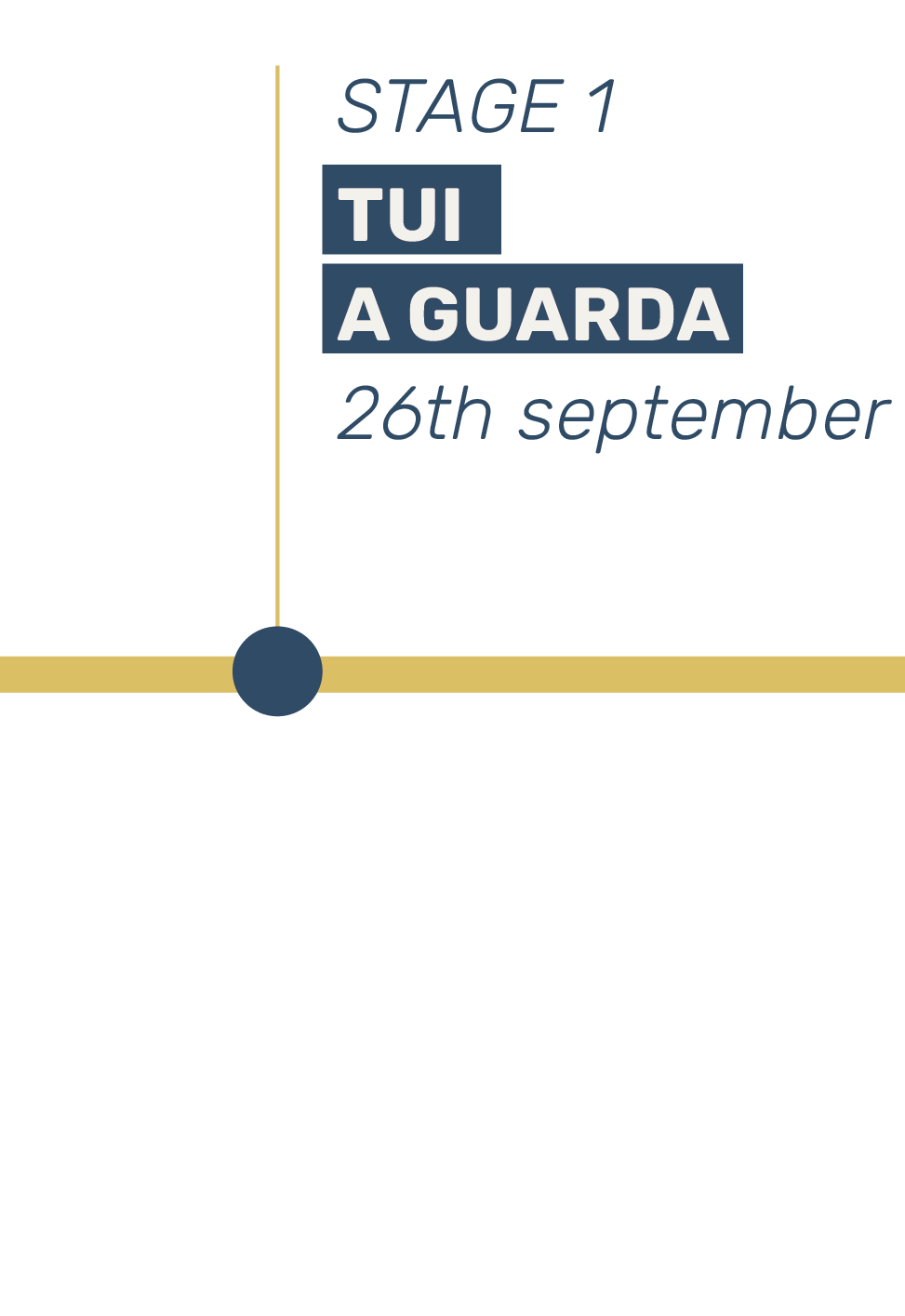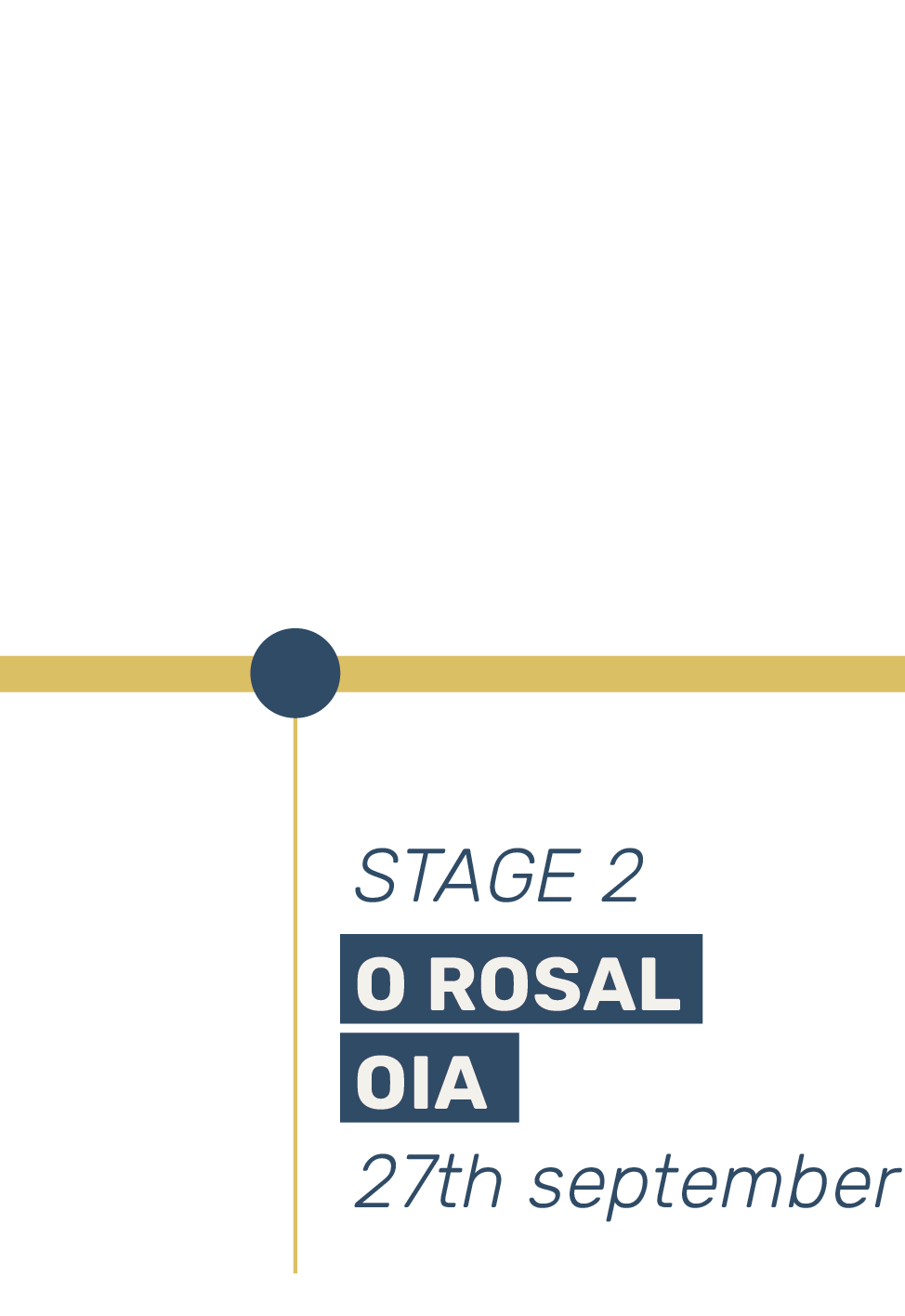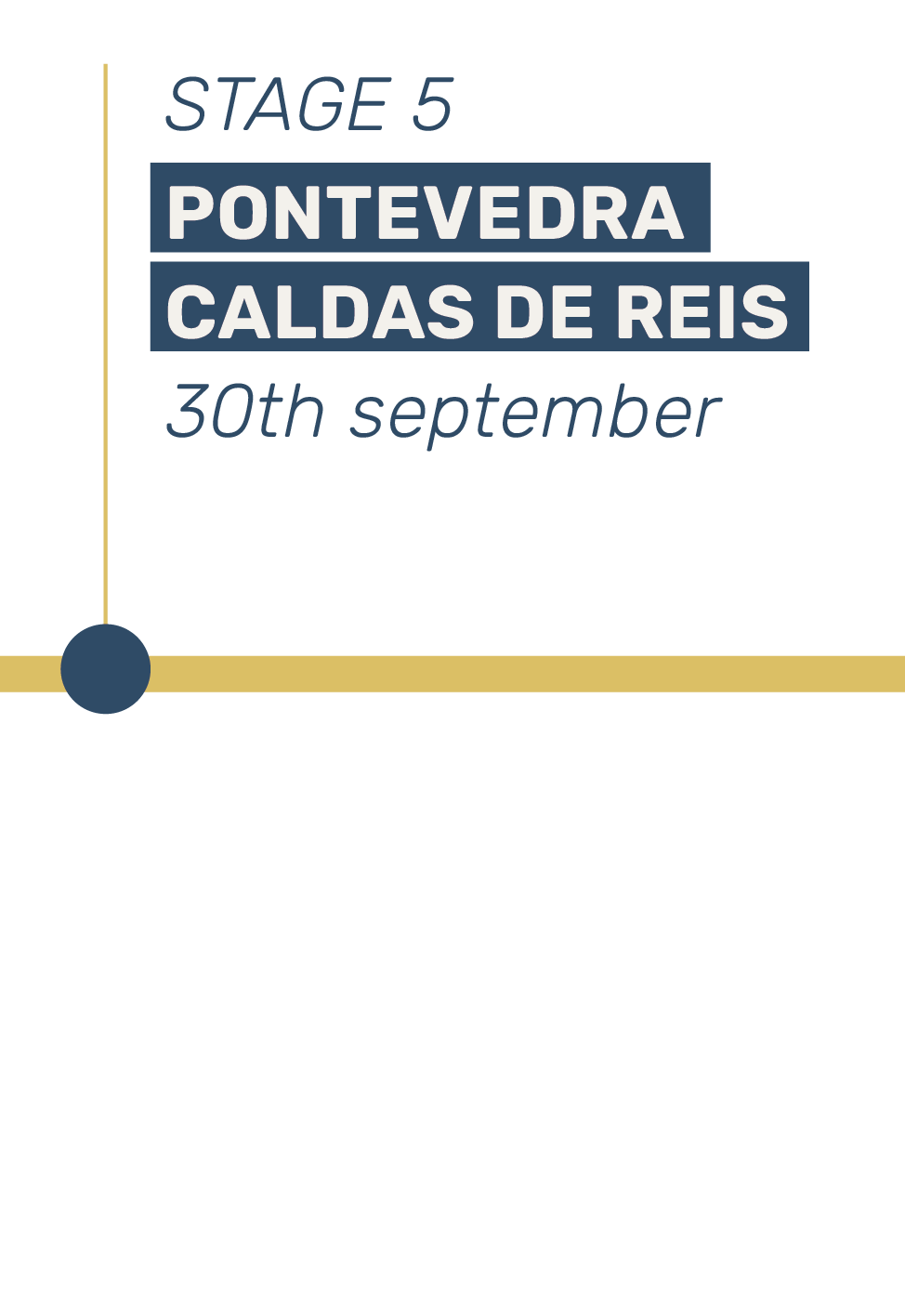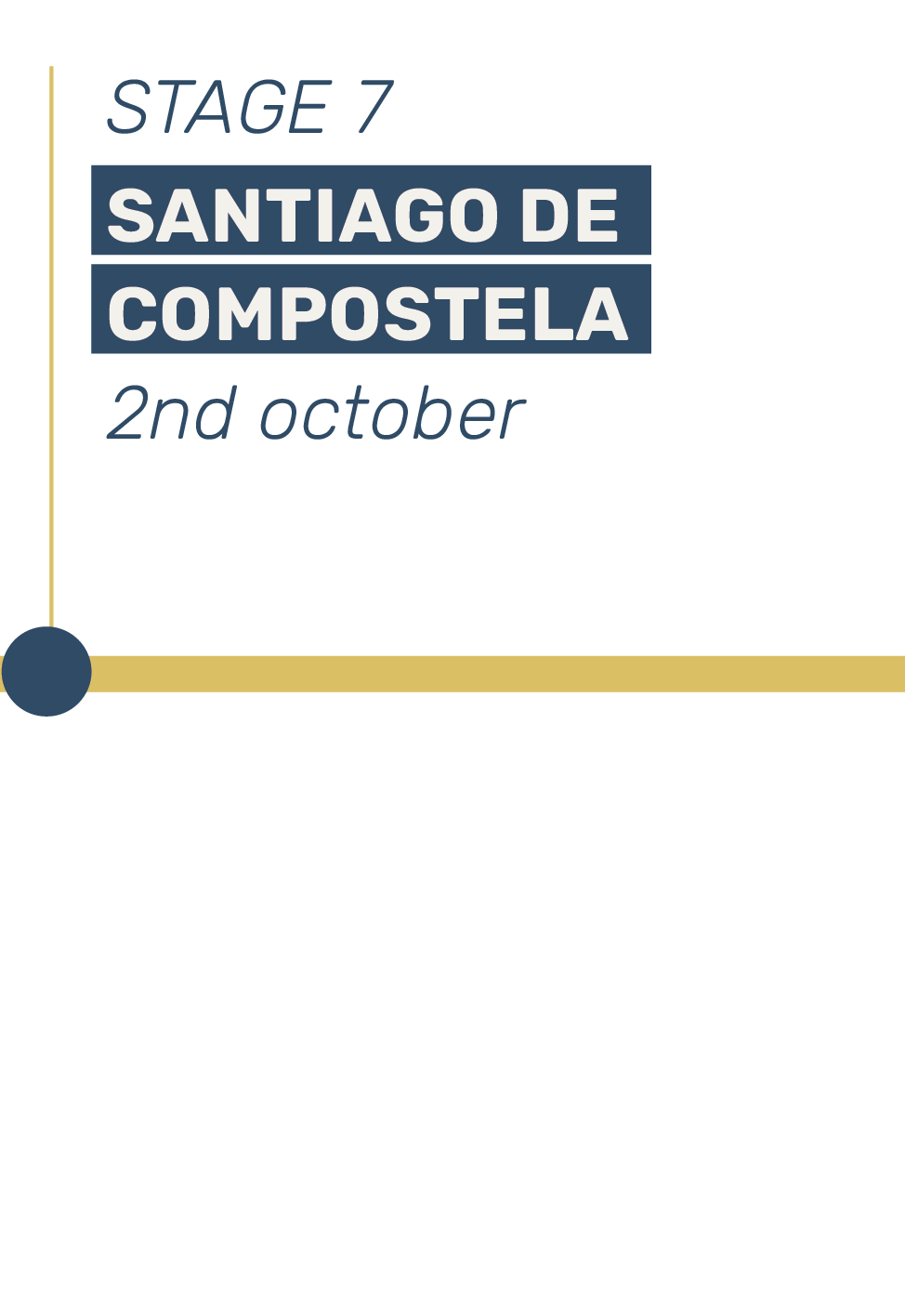Descripción del proyecto

Most commercial tuna are between 50 and 150 cm in size. The skin is smooth and shiny with different shades of silvery blue and yellow depending on the species.
On migration, they travel 14 to 50 km per day for at least two months, reaching speeds of 70 km/h. They are all pilgrimage experts. The most commonly used variety for canned tuna is the yellowfin tuna.
It stands out for…
- High in Omega 3 fatty acids (EPA and DHA)
- High in protein, vitamins B3, B6, B12, D and Y
- High in minerals such as phosphorus and selenium
- Source of iodine.

Most commercial tuna are between 50 and 150 cm in size. The skin is smooth and shiny with different shades of silvery blue and yellow depending on the species.
On migration, they travel 14 to 50 km per day for at least two months, reaching speeds of 70 km/h. They are all pilgrimage experts. The most commonly used variety for canned tuna is the yellowfin tuna.
It stands out for…
- High in Omega 3 fatty acids (EPA and DHA)
- High in protein, vitamins B3, B6, B12, D and Y
- High in minerals such as phosphorus and selenium
- Source of iodine.

Ingredients
- 1 tin of tuna in olive oil
- 2 paris potatoes
- Grated carrot
- 1 piece of wasabi
- Mayonnaise
- Chives
How to prepare
1. Open the can of tuna. Place the tuna in a bowl and reserve some of the juice.
2. Cut the base of the potatoes so that they stand upright and serve as a bed for the timbale.
3. Place the crumbled tuna on top. Season with the mayonnaise mixed with a little wasabi and the juice from the can.
4. Top with the grated carrot and finely chopped chives.


Ingredients
- 1 tin of tuna in olive oil
- 2 paris potatoes
- Grated carrot
- 1 piece of wasabi
- Mayonnaise
- Chives
How to prepare
1. Open the can of tuna. Place the tuna in a bowl and reserve some of the juice.
2. Cut the base of the potatoes so that they stand upright and serve as a bed for the timbale.
3. Place the crumbled tuna on top. Season with the mayonnaise mixed with a little wasabi and the juice from the can.
4. Top with the grated carrot and finely chopped chives.
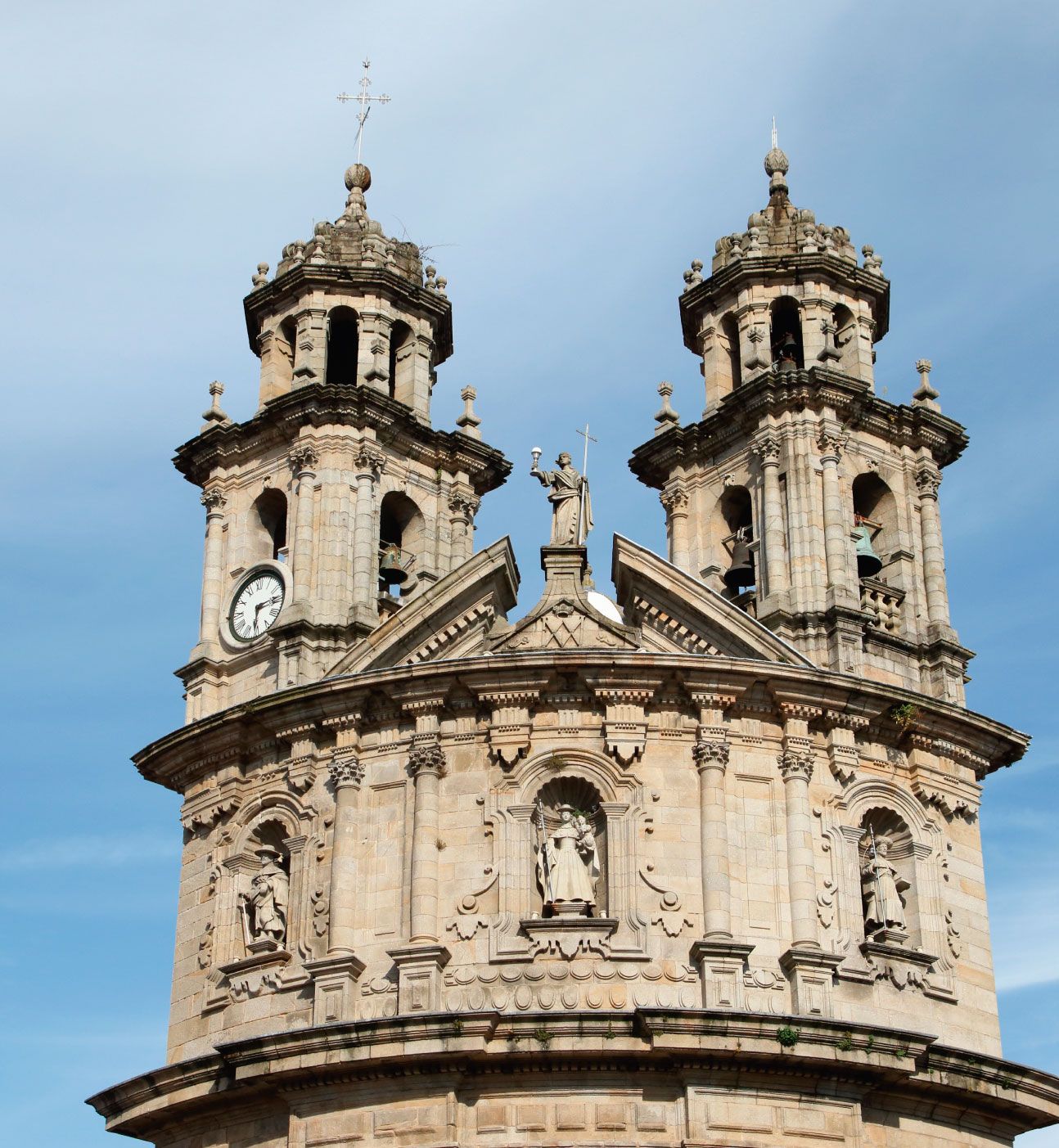

Pontevedra, a city with a long maritime and mercantile tradition, preserves one of the most important and elegant historic centres in Galicia. Next to the Pontevedra estuary, the old city extends its network of streets and squares that guard important civil and religious buildings.
Since the Romans baptised it as Ad Duos Pontes, it has deeply marked the character of Pontevedra over the centuries in the form of shipyards, a fishing port and intense commercial activity.
At the confluence of the River Lérez and the Pontevedra estuary, a walled town centre developed with cobbled streets and small squares, some of them with arcades.
3 things to see in Pontevedra
1. Sanctuary of the Pilgrim Virgin: Located in the old quarter, this is one of the essential places to see. Made of stone and whitewashed walls, its ground plan is in the shape of a scallop shell, which is the symbol of the Way of St. James.
2. Plaza de la Ferrería: Linked to the pilgrim’s square and the Plaza Estrella, we find this square where the old wrought iron workshops are located.
3. Plaza de la Leña: Walking along the Ría Figueroa we find this square. Many say that it is the most beautiful to see in Pontevedra. Its name comes from the fact that it was the place where firewood was sold in the old days.

Pontevedra, a city with a long maritime and mercantile tradition, preserves one of the most important and elegant historic centres in Galicia. Next to the Pontevedra estuary, the old city extends its network of streets and squares that guard important civil and religious buildings.
Since the Romans baptised it as Ad Duos Pontes, it has deeply marked the character of Pontevedra over the centuries in the form of shipyards, a fishing port and intense commercial activity.
At the confluence of the River Lérez and the Pontevedra estuary, a walled town centre developed with cobbled streets and small squares, some of them with arcades.
3 things to see in Pontevedra
1. Sanctuary of the Pilgrim Virgin: Located in the old quarter, this is one of the essential places to see. Made of stone and whitewashed walls, its ground plan is in the shape of a scallop shell, which is the symbol of the Way of St. James.
2. Plaza de la Ferrería: Linked to the pilgrim’s square and the Plaza Estrella, we find this square where the old wrought iron workshops are located.
3. Plaza de la Leña: Walking along the Ría Figueroa we find this square. Many say that it is the most beautiful to see in Pontevedra. Its name comes from the fact that it was the place where firewood was sold in the old days.

Caldas de Reis, in the province of Pontevedra, is a Galician municipality located on the banks of the river Umia with approximately 10,000 inhabitants.
Caldas de Reis is an obligatory stop for pilgrims on the Portuguese Way. It is located 40 kilometres from the centre of the Galician capital, so it is one of the last places that pilgrims must travel to reach the Cathedral of Santiago.
Anyone who begins to travel the Portuguese route in Lisbon or in other of the most frequent departure points such as Tui and Oporto, will arrive at Caldas de Reis after travelling the stage that starts from Pontevedra. In the same way, this town will serve as a rest to regain strength and continue overcoming the kilometres of the last 2 stages of this Xacobean route.
If you are traveling on the Camino de Santiago or you are planning to do it soon, you should know that the distance separating Caldas de Reis from Santiago de Compostela is 43 kilometres.
3 things to see in Caldas de Reis
1. The Burgas spring: The long tradition of the thermal waters of Caldas de Reis dates back to Roman times. These waters have a composition that gives them curative properties.
2. The Bermaña Bridge: It is an ashlar bridge over the Bermaña River, in the centre of Caldas de Reis. The Portuguese Way of St. James passes over it. It used to be part of an ancient Roman military road, which passed through Aquis Celenis.
3. The bridge of Segade: Roman bridge of the Baxe, from the 1st century, with a single arch, two kilometres from Caldas. The remains of this road are perfectly visible on the road leading to the site.
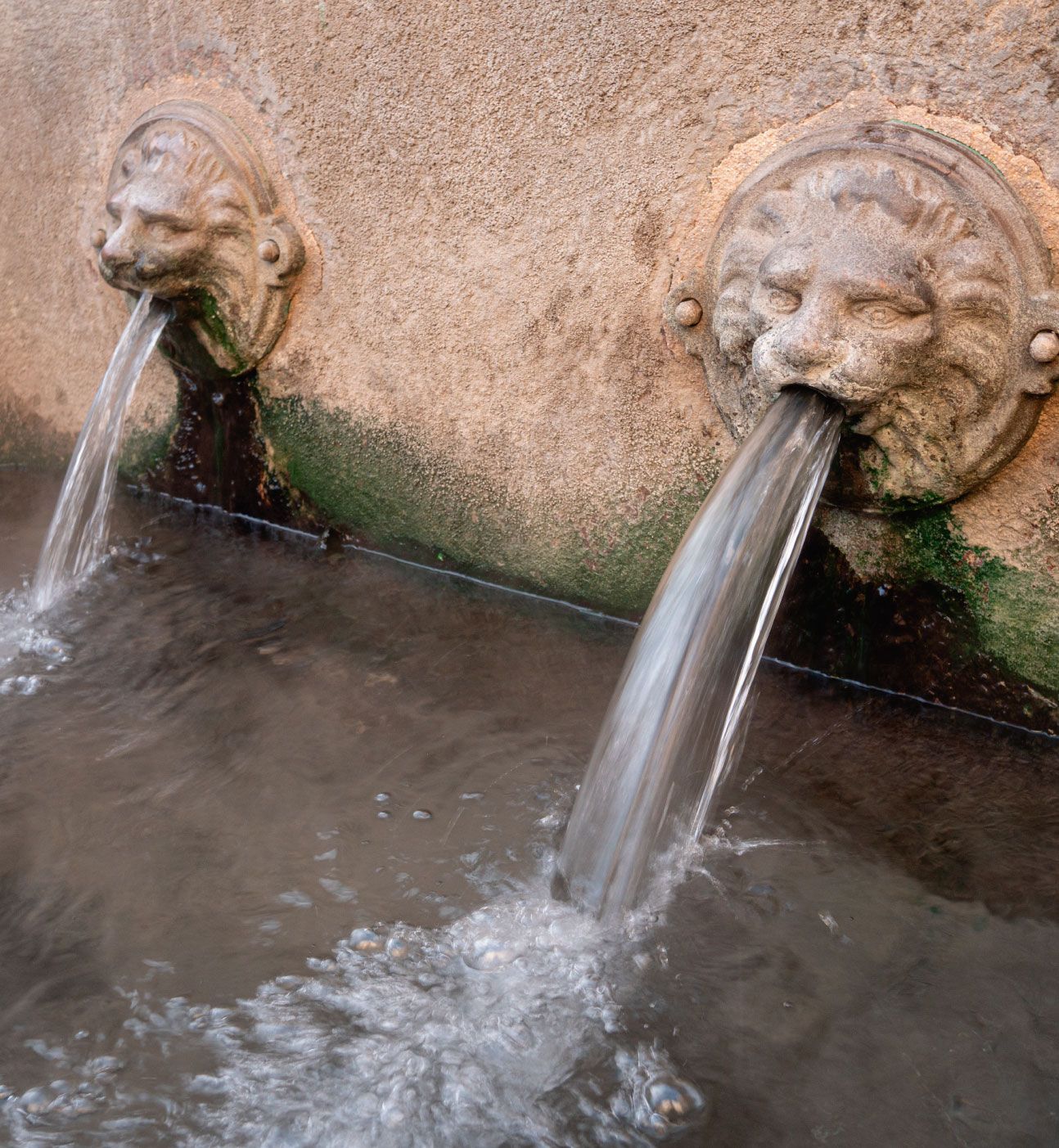

Caldas de Reis, in the province of Pontevedra, is a Galician municipality located on the banks of the river Umia with approximately 10,000 inhabitants.
Caldas de Reis is an obligatory stop for pilgrims on the Portuguese Way. It is located 40 kilometres from the centre of the Galician capital, so it is one of the last places that pilgrims must travel to reach the Cathedral of Santiago.
Anyone who begins to travel the Portuguese route in Lisbon or in other of the most frequent departure points such as Tui and Oporto, will arrive at Caldas de Reis after travelling the stage that starts from Pontevedra. In the same way, this town will serve as a rest to regain strength and continue overcoming the kilometres of the last 2 stages of this Xacobean route.
If you are traveling on the Camino de Santiago or you are planning to do it soon, you should know that the distance separating Caldas de Reis from Santiago de Compostela is 43 kilometres.
3 things to see in Caldas de Reis
1. The Burgas spring: The long tradition of the thermal waters of Caldas de Reis dates back to Roman times. These waters have a composition that gives them curative properties.
2. The Bermaña Bridge: It is an ashlar bridge over the Bermaña River, in the centre of Caldas de Reis. The Portuguese Way of St. James passes over it. It used to be part of an ancient Roman military road, which passed through Aquis Celenis.
3. The bridge of Segade: Roman bridge of the Baxe, from the 1st century, with a single arch, two kilometres from Caldas. The remains of this road are perfectly visible on the road leading to the site.



